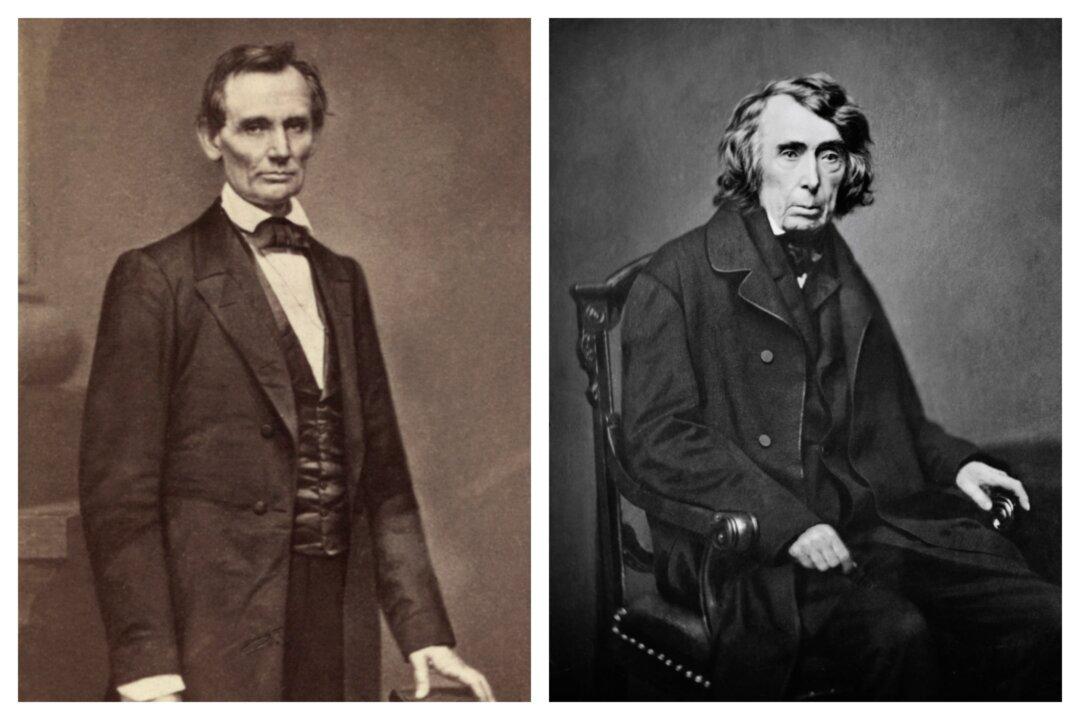What is a “turning point” in a war? Which conflicts within a specific war can accurately be considered a “decisive battle”? This is the focal point of John R. Maass’s new military history book “From Trenton to Yorktown: Turning Points of the Revolutionary War.”
In his introduction, Maass suggests that these terms have been overused, even at times quite haphazardly. This overuse of “turning point” and “decisive battle” has resulted in not only diluting their proper definitions, but also diluting actual turning points or decisive battles, as well as overemphasizing and overestimating moments and battles during a war that are neither a turning point nor decisive. To demonstrate the proper use of such terms, and therefore place such moments in their proper perspective, Maass has utilized the American Revolutionary War as his syllabus.
Maass’s teaching abstract has enabled him to not only prove his point, but do so in a manner that is entertaining from a military standpoint and educational from an American history standpoint. The author has taken five moments from the Revolutionary War to demonstrate exactly what is required to be considered a “turning point.” These moments and battles are the battles of Trenton and Princeton (1776 and 1777, respectively), the Battle of Saratoga (1777), wintering at Valley Forge (from 1777 to 1778), the Battle of Guilford Courthouse (1781), and the Battle of Yorktown (1781).

What Are the Consequences?
As Maass’s examples illustrate, it is not always a battle that proves to be a turning point during a war, such as the winter at Valley Forge. Nor is it always a victory that proves to be a decisive battle, such as his selection of the Battle of Guilford Courthouse. What seems most important, according to Maass, is the consequence of the battle or moment. This, as just mentioned, is not strictly dictated by the outcome of a battle. As the old adage suggests, one can win the battle, but lose the war.The consequences stem from what transpires from the moment, and how significant that consequence is. Maass demonstrates how the surprise attacks and quick victories at Trenton and Princeton, during the winter of 1776 to 1777, resulted in enabling the Continental Army to continue the war. At the time, the army had suffered a string of defeats, morale was at a significantly low ebb, enlistments for thousands of soldiers were due to expire in the coming weeks, and the trust in Gen. George Washington’s leadership had begun to weaken. The result of these battles completely altered all of those negatives, and was therefore less about the victories themselves and more about the consequences of those victories.
A Choice for Debate
Maass’s selection of the Battle of Guilford Courthouse is possibly the one choice that American Revolution enthusiasts and military history buffs may attempt to debate. The battle was not a victory, but a defeat, although it was, in the same vein as the Battle of Bunker Hill, a victory that felt like a defeat. The British, under the commandA Cause to Reconsider
It should be understood that Maass is not attempting to shortchange any specific battles or moments from the Revolutionary War. He is simply trying to ensure that historians and readers alike place such moments in their proper context and therefore assess the complexities of war with more care.“From Trenton to Yorktown” is not an attempt to thoroughly detail each of these moments in the war. Maass admits that an attempt at doing so would require a much larger book. What Maass does provide, however, is enough information and detail to introduce the reader to the major, and some minor, players involved in the specific conflict; the geographic location and how the geography proved beneficial or detrimental to either side; some of the maneuvers conducted by the combatants; the personal perspectives from military officers and political leaders on both sides; and, most importantly, the overarching results of such moments.
Maass has written an enjoyable and informative book, which should cause readers to consider or reconsider their views on what defines a “turning point” or a “decisive battle.”









